- What's The Difference Between Matcha And Green Tea?
- What Is Matcha Powder?
- How is Premium Matcha Produced?
- How To Select A Premium Matcha
- Is Premium Matcha Really Better?
- True or False: Matcha Is Higher In Antioxidants Than Other Teas?
- What About Caffeine?
- Types of Matcha: Ceremonial vs Culinary
- The History of Matcha
- The New Paradigm For Premium Matcha
- The Ultimate Matcha Grading Scorecard
- Shopping for Premium Matcha
- Why Isn’t Ceremonial Grade Matcha Organic?
- How to Prepare Matcha
- When To Drink Matcha
- Is Your Matcha From Japan? Why Does It Matter?
- Where is Japanese Matcha Grown?
- Final Thoughts
As you know, I’m a tea fanatic. So when I noticed Matcha green tea was exploding across wellness blogs, Instagram and amongst health-obsessed millennials, I realized it was time to do a deep dive into the world of matcha and give this unique type of green tea more attention than I ever did before.
My main question was, “Is this all just hype and matcha another passing fad?” In the process of answering this question, I traveled to the matcha producing regions of Japan and China, visited and collaborated with the highest ranking tea masters in Japan, and tasted many of the best matchas ever made to educate my palate and my body.
It was a deep cultural dive where valuable knowledge was unearthed and lasting friendships were made. What follows is everything you need to know to identify high quality, premium matcha from all the matchas on the market. I’m going to share everything I learned from the world’s leading tea-masters and tea farmers so you can take advantage of this super unique type of green tea.
Ready to learn more? Let’s go!
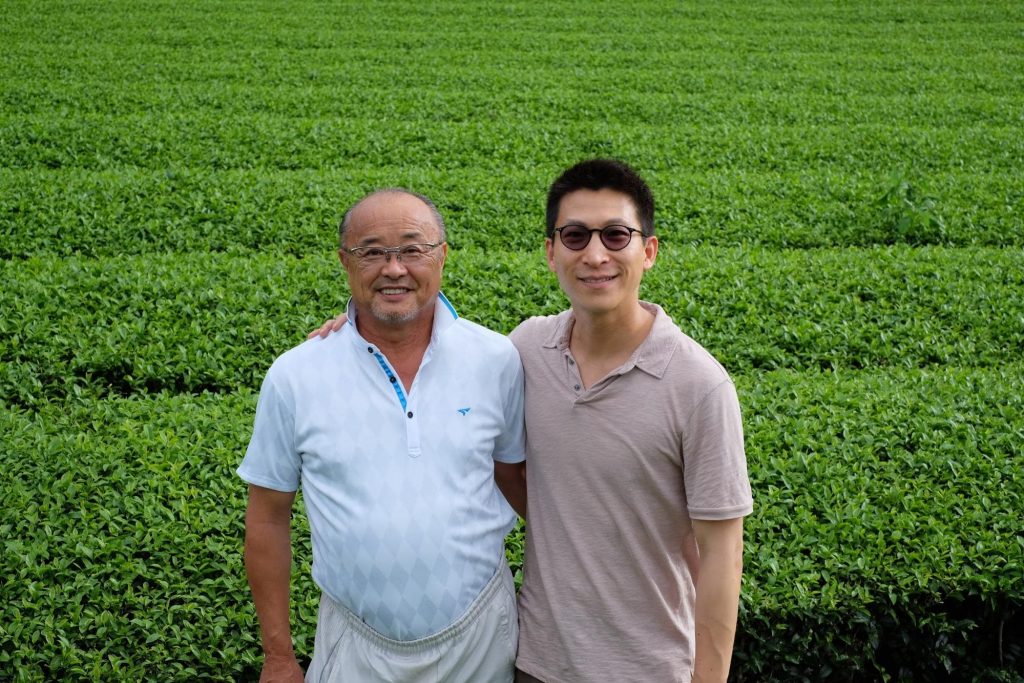
What’s The Difference Between Matcha And Green Tea?
So what makes matcha green tea special compared to regular green tea? Several things, actually.
It begins while the tea leaves are still growing. Matcha tea plants are shaded prior to harvesting to increase the chlorophyll and amino acid content. This improves the appearance and flavor of the tea and is why matcha is such a bright green color!
Once the matcha leaves are harvested, steamed, dried and blended, they are ground up into a very fine powder that you ultimately mix into hot or cold water.
The result? You actually drink the entire leaf! Compare this with regular green tea, where you only drink the dissolvable elements after steeping green tea leaves in hot water.
Wondering what it tastes like? Most people find it to have a strong, savory, grassy flavor, similar to wheatgrass or even spinach; but in truth, premium matchas have balanced flavors with layers of unfolding nuance and complexity.
What Is Matcha Powder?
What makes matcha different from other teas is that it is actually a fine powder, made of ground up tea leaves. This powder is whisked into hot water to make a matcha drink. When you drink tea made from tea leaves, you’re drinking water infused with the essence of those leaves. But when you drink matcha powder, you’re actually drinking the entire tea leaves themselves.
How is Premium Matcha Produced?
There are five very important steps involved in producing top-quality matcha: cultivation, shading, feeding, cultivars, and grinding.
1. Cultivation
It sounds obvious, but it’s easy to forget to think about where your tea is actually grown. And you can’t produce good matcha leaves unless you start with good soil practices.
Ideally, you want to find organic matcha made from Camellia Sinensis (tea plants) that were farmed both ecologically and organically. The next step down would be to find plants that were only treated with a low amount of pesticides, and at the bottom of the heap is tea from plants that are industrially and conventionally farmed.
If you ever have a chance to visit a tea garden, check the leaves for signs of insects. The more signs the leaves have been munched on the better.
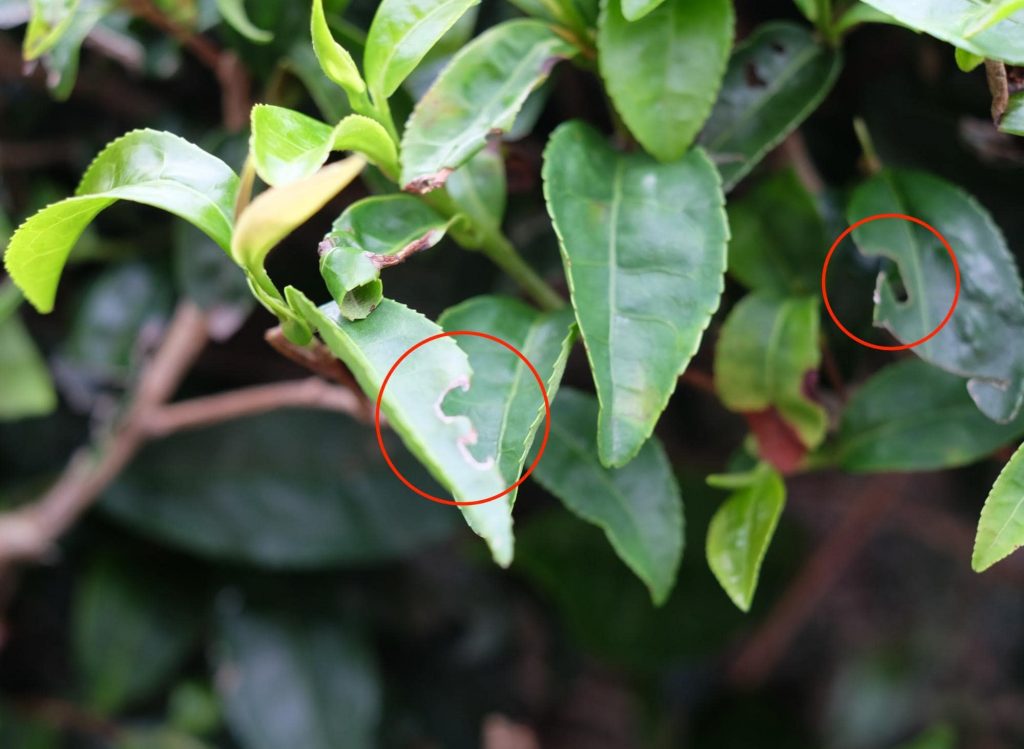
The second part of cultivation is how the leaves are picked: by machine or handpicked. It’s much easier to sift out inferior leaves if picking by hand, while a machine indiscriminately collects all leaves in its path. This ultimately determines what ends up in your cup of matcha.
2. Shading
The next critical component of producing high-quality matcha is the shading of the plants. Several weeks before harvest, tea plants are shaded in order to maximize the flavor and amino acids.
The type of shading can greatly affect the quality of the matcha powder that winds up in your cup. Some matcha plants are shaded with a plastic tarp. This is not ideal, as the plastic doesn’t allow air to circulate, causing undesired levels of heat and humidity. Tea plants are very sensitive to temperature and humidity, so if the conditions become too warm and dry the amino acid content decreases.
The best option for shading matcha plants is to use a screen made of natural plant fiber. This type of shading allows for air circulation, which means optimal temperature and humidity levels. Of course, shading tea plants with natural straw screens is also quite labor-intensive and expensive.
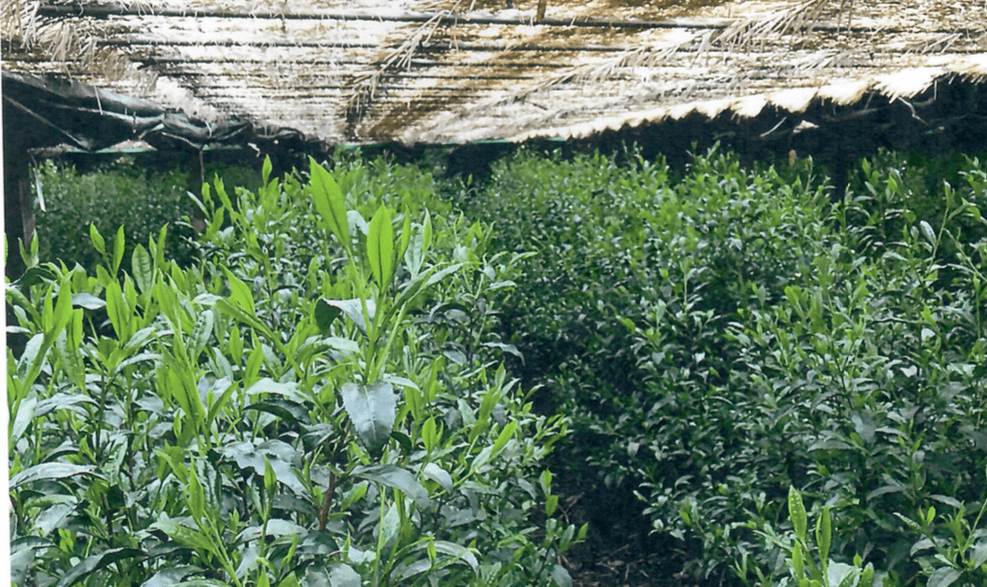
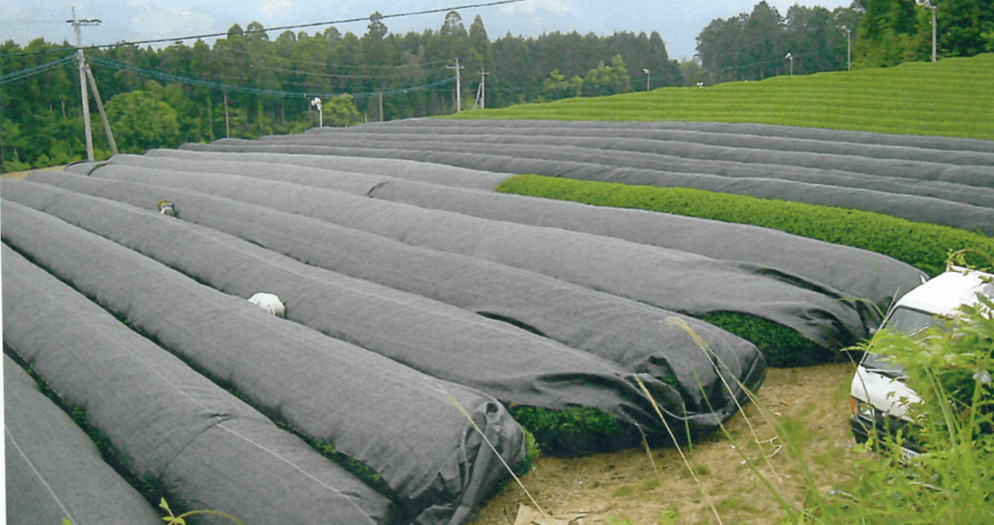
3. Feeding
While the matcha tea plants are being shaded, there is one more very important thing happening – forced feeding. Did you know that the highest quality matchas are actually fed fish?? It’s true.
One of the secrets of achieving the highly sought after umami flavor is to put fish in the soil of the tea plants. And not just any fish! We met a 10th-degree tea-master (the highest possible level) who swears by bonito.
The tea-master explained that making the best matcha tea is like making foie gras (goose liver)— you overfeed the plants to stuff them with nutrients while shading them to prevent growth. The result? Nutrient packed, exploding umami flavors in the tea leaves.
4. Cultivars
What truly differentiates matcha green teas is the cultivars. “Cultivars” refers to cultivated varieties, and you can think of it as the selective breeding of tea plants. There are different varieties of tea plants, each with their own flavor profiles and their own way of responding to different seasons.
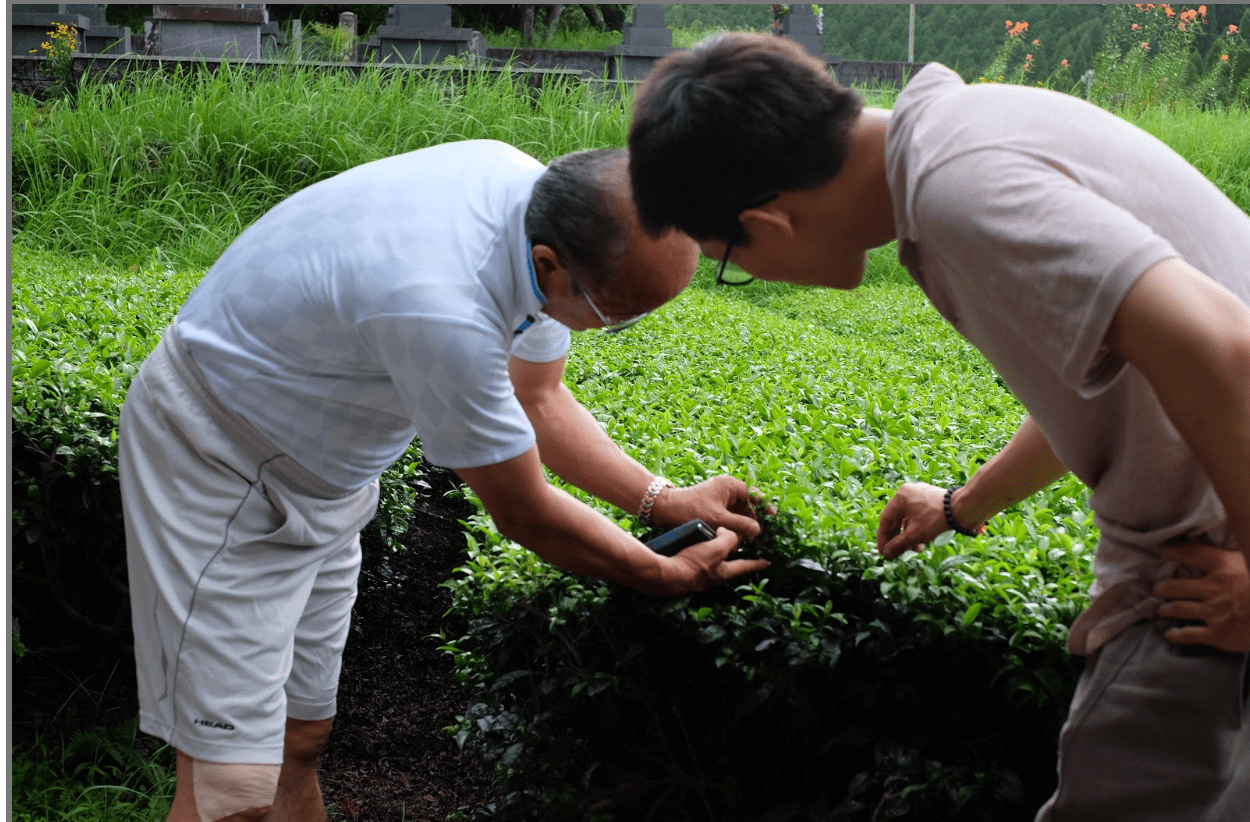
The leaves from different tea cultivars can be combined, much in the way different types of grapes are combined to create wine blends. This is where the unsurpassed knowledge, experience, and palate of a teamaster is critical. A teamaster might drink up to 600 spoonfuls of matcha on a given day in order to assess the flavor profile!
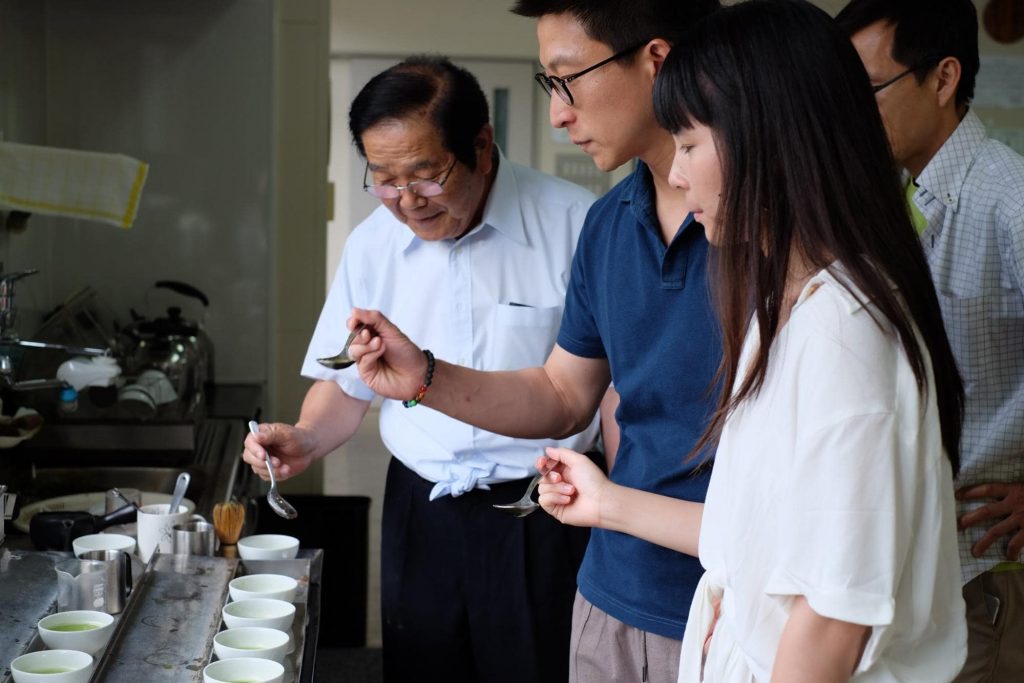
5. Grinding
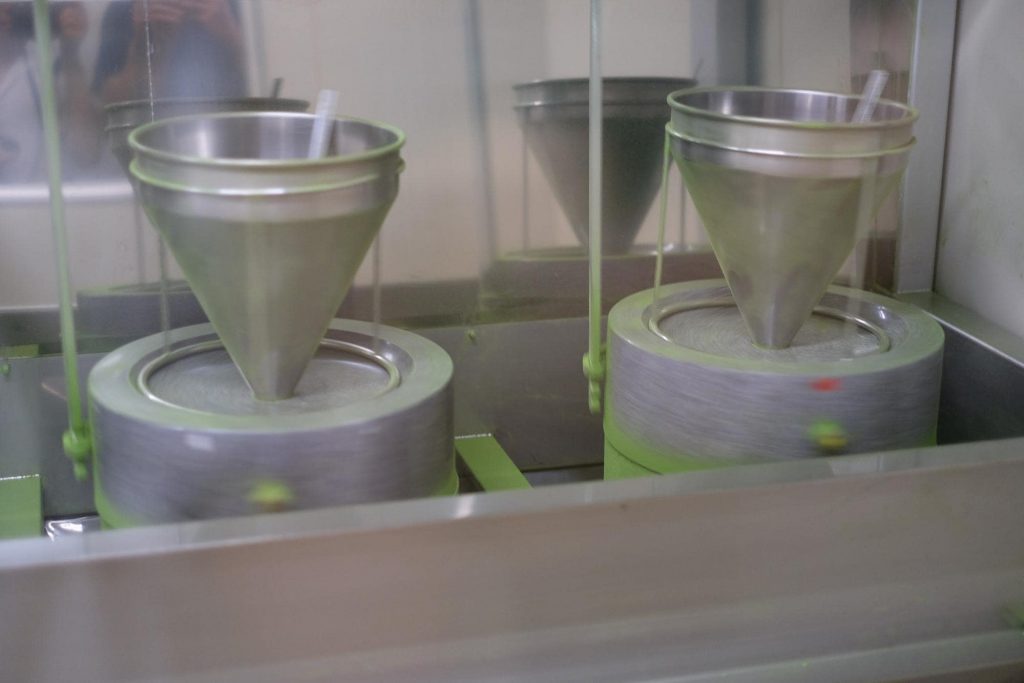
How a matcha is ground can affect its flavor and nutrient quality.
Traditional matcha is made by grinding tea leaves into matcha powder with a stone mill. To make stone-ground matcha, large granite wheels are slowly and carefully turned to grind the leaves into a fine powder. Doing this very slowly is essential— if you grind the tea leaves too fast, it generates heat, which will compromise the matcha by destroying both flavor and nutrient quality.
As you might imagine, stone-grinding is a very slow and laborious process, which has led to the rise of automated stone mills and other types of machine grinding. Improper equipment can lead to overheating and even scorching of the matcha powder. But sophisticated machine grinders—like the ones that use ceramic balls in a slowly rotating drum— are capable of producing very high-quality matcha tea powder at a much more affordable cost.
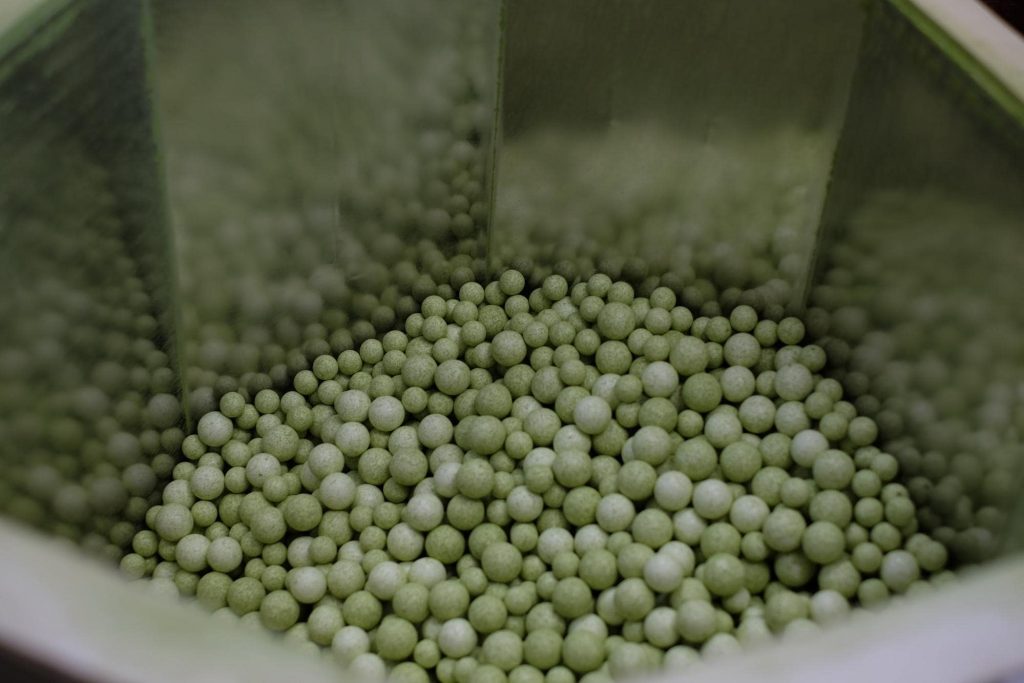
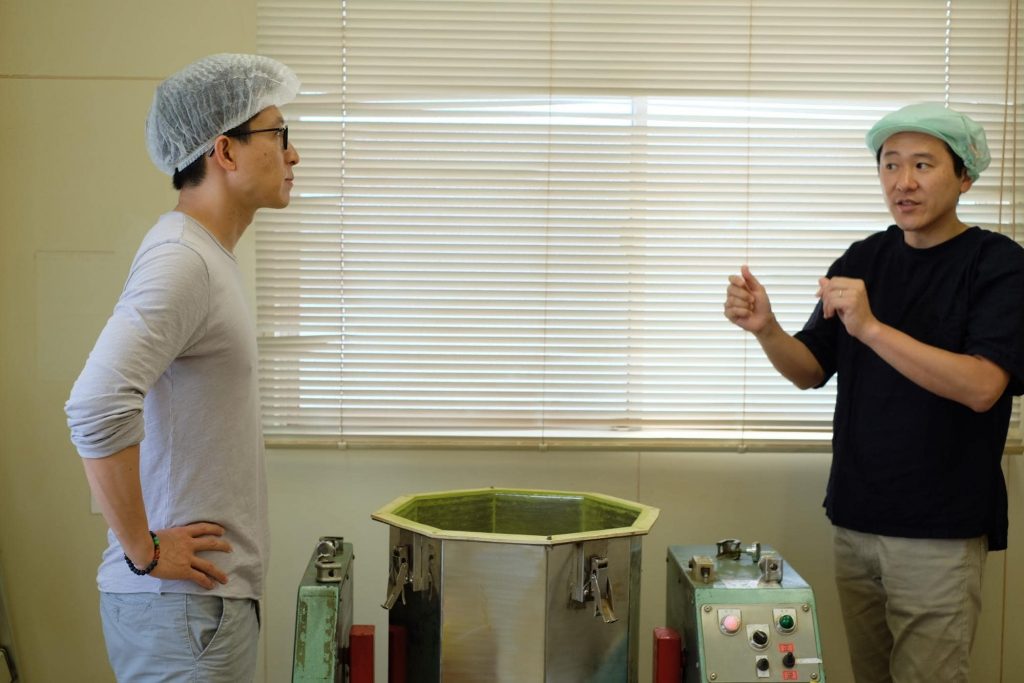
How To Select A Premium Matcha
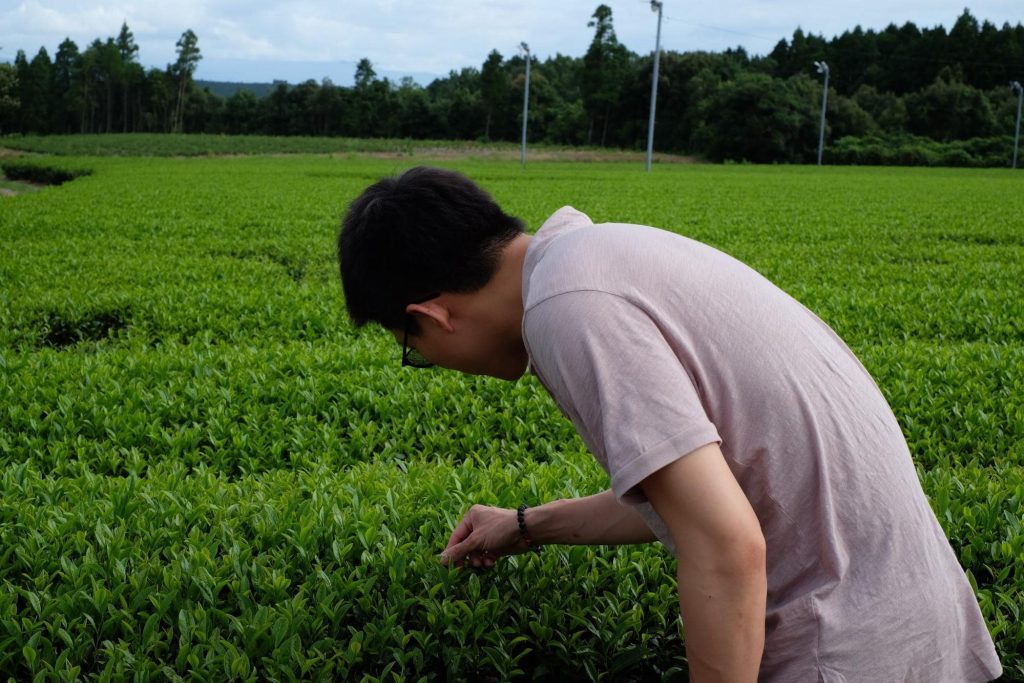
Like any superfood that suddenly becomes trendy, you might find yourself overwhelmed by the selection of matcha powder on the market today. So, I want to arm you with the knowledge you need to ensure your daily matcha is actually of the highest quality.
There are three criteria you can use to judge a matcha’s quality: color, froth, and flavor.
1. Color
There’s a way to discern the quality of a matcha before even tasting it, and that is by simply looking at its color.
Premium matcha is a beautiful bright, vibrant green. If your matcha is on the yellow side, that means it’s of a lesser quality, and likely made from leaves harvested later in the year instead of during the spring.

See, the highest quality teas come from the “first flush,” or the first harvest in the spring. These tea leaves contain the most flavor and antioxidants. The second flush usually happens in summer, and the third flush in the fall. The later the harvest, the yellower the matcha. Culinary grade matchas are made from these later harvests.
Matcha from China also tends to be paler in color due to the tea varietals used.
2. Froth
The traditional method of drinking matcha involves using a bamboo whisk to blend a teaspoon of matcha into hot water. This process creates a frothy foam and is incredibly important during a traditional Japanese tea ceremony.
The appearance of the froth actually says a great deal about the quality of the matcha: if the bubbles are large and irregular, it means the matcha powder is coarsely ground and thus a lesser quality. The highest quality matcha is finely ground and creates a foamy froth consisting of tiny, uniform bubbles.
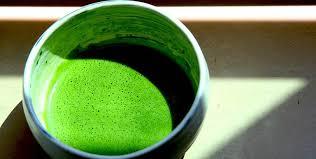 |
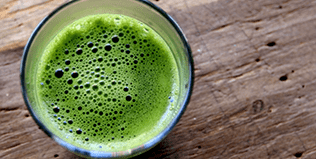 |
|
Good |
Less Good |
3. Flavor
To the tea masters, the holy grail of matcha is maximum umami flavor. Umami is known as the fifth flavor. It’s what chicken soup, parmesan cheese, soy sauce, shiitake mushrooms share in flavor.
One of the reasons we drink tea is because it’s high in catechins (green tea antioxidants), but catechins actually taste bitter. The umami flavor found in premium matcha counteracts the bitterness to create balance and harmony.
And it’s about more than just taste. Amino acids (like l-theanine) are what create the umami flavor, so more umami not only decreases bitterness but also increases the calming and meditative health benefits of matcha.
Of course, umami flavor is not a natural occurrence in green tea and it requires a great deal of effort to manipulate tea plants to yield it. The most highly regarded tea cultivators use a very specific method for increasing umami: shading the tea leaves prior to harvest to prevent growth while overfeeding the plants. This enables tea plants to produce and retain a higher level of amino acids, which in turn increases umami flavor.
Since amino acids are converted into catechins during the natural growth process, a higher amino acid content means a lower catechin content. Therefore, contrary to common misconception, the catechin content in matcha is actually lower than regular green tea.
Here’s my recommendation:
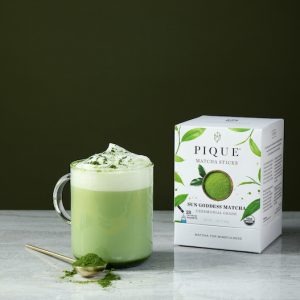
Pique Sun Goddess Matcha
The world’s purest matcha, crafted to the highest standards of the finest ceremonial grade matcha. Designed for mindfulness. A mug full of zen.
Is Premium Matcha Really Better?
Few of us want to spend more money for a product that doesn’t actually give us something in return, right? High-quality matcha is on the pricier side, but there are tangible benefits to investing in a high-quality matcha green tea powder:
- The best matcha green teas will have strong umami flavor. Since umami flavor is the result of high amino acid content, premium matchas provide a potent dose of amino acids, like l-theanine, which helps support calm.
- Premium matchas are made from the first flush harvest in the spring when tea leaves are packed with the most flavor and nutrients (like antioxidant catechins and l-theanine). Lower grade matchas are harvested in the summer and fall when the leaves are less nutrient dense and flavorful.
- Higher quality matcha is grown with less pesticides and fertilizers, even if it is not organic. The last thing you want is to be increasing your toxicity with something you thought was good for you.
- Better grinding techniques used to produce high quality matcha generate less heat, which preserves more nutrients and antioxidants.
- Premium matchas just taste better. They are less bitter and grassy. And if you enjoy the taste of something that’s good for you, you’re more likely to drink it regularly, right?
The Health Benefits of Matcha Tea
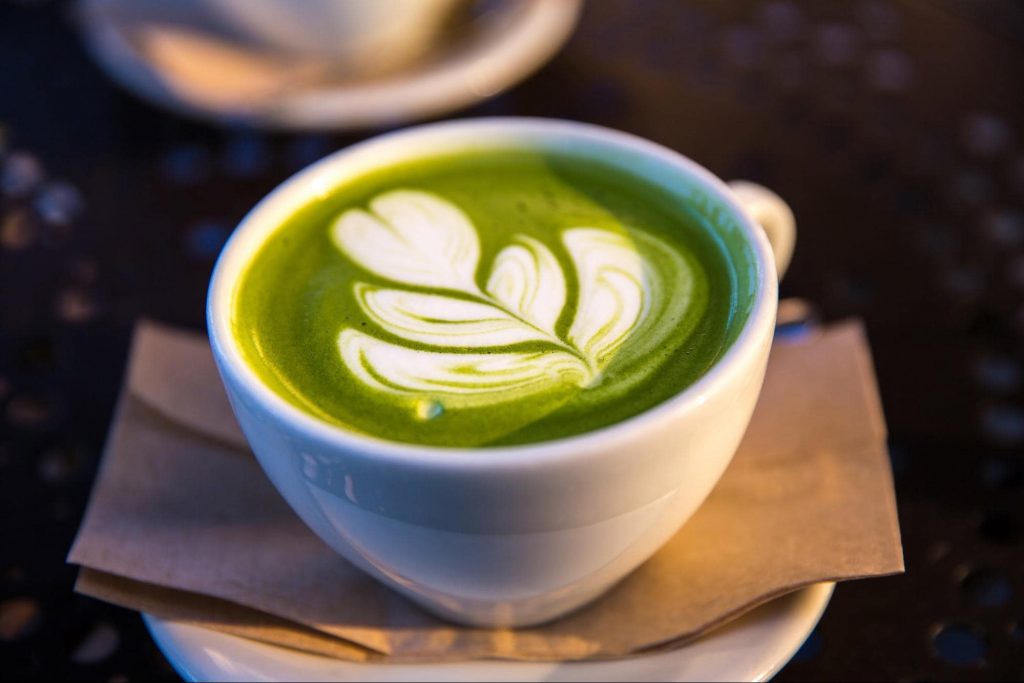
A cup of matcha green tea, just like regular green tea and black tea, is packed with health benefits. Plus, its unique cultivation and preparation methods enhance some of the superfood properties that make tea so healthy. Here are some of the top health benefits of matcha tea:
1. Supports Heart Health
Drinking green tea catechins has been scientifically shown to support a healthy cardiovascular system. (3)(4)(5)
It’s the powerful antioxidants found in green tea, especially epigallocatechin gallate (EGCG), that are shown to be helpful in supporting healthy arteries. (6) Drink your matcha and help your heart!
2. Supports Brain Health
Yes, even your brain health can be boosted by drinking a daily matcha.
Studies have shown that drinking matcha every day for 3 months can support healthy cognitive functioning. (7)
In another study on healthy adults, those who were given matcha demonstrated better performance in reaction time, memory, and attention when compared with a group given a placebo. (8)
3. Supports Healthy Metabolism
Green tea, in general, has a long history of proven ability to support healthy digestion and metabolism. (9)
A study in the American Journal of Clinical Nutrition showed that drinking matcha regularly can result in an increase in the body’s rate of thermogenesis (the rate at which you burn calories) from 8-10% to 35-43%! (10) That same study also showed the possibility of supporting healthy body fat levels by drinking matcha. (11)
In one study, women drank a cup of matcha before a 30-minute brisk walk. Scientists learned that consuming the matcha led to an increase in how much fat was broken down to be used as energy during the walk. (12) Kind of cool, right?
4. Improves Mood and Mental Focus
Matcha contains higher levels of amino acids (like l-theanine) than any other tea. L-theanine helps to put you in a calm, meditative state.
If you’re not familiar with L-theanine, you’re going to want to read this, because it’s something that can improve everyone’s life! This rare amino acid actually helps your brain generate alpha activity, which is a calm and meditative state – the opposite of stress. It’s commonly described as “relaxed alertness,” because caffeine helps the brain focus and stay alert while l-theanine helps it relax. (13)
Have you ever noticed that the caffeine in tea doesn’t give you the same side effects as the caffeine in coffee? L-theanine is the answer to this mystery. It acts as an antagonist to caffeine, balancing any of the jitters or anxiety you might typically feel. (14)
While all green tea contains L-theanine, the levels found in matcha are unmatched. While most green teas have 4 milligrams of L-theanine per serving, matcha has 20 milligrams! (15) So the calming and focusing effect that green tea can give you is seriously compounded in your cup of matcha. This type of energy is ideal if you’re involved in creative work or big picture strategic thinking.
Fun fact: Samurai warriors drank matcha tea before going into battle because it would energize and focus them. And one of matcha’s earliest uses was as an aid to the meditation practice of Japanese monks. Drinking matcha would help them sit alert and calm for hours on end.
Even if you’re not going into battle or meditating, so many of our tasks in life could benefit from calm alertness, right?
5. Supports Cell Vitality
The amount of toxins assaulting us from all sides is unprecedented in today’s world. From pollution in the air to chemical preservatives and pesticides in our food supply and toxic dyes in our shampoos and clothes, it’s getting harder to avoid toxins. One of the best things we can do for our bodies is to consume things that help our poor, overworked organs clean up our cells.
Chlorophyll, the chemical responsible for the lovely green color in plants, has been shown to support cellular cleansing. (16) It helps to remove heavy metals, toxins, and chemicals from the body. Because matcha tea leaves are shaded before harvest, they accrue higher levels of chlorophyll than other green teas, making matcha the superior choice.
6. High in Antioxidants
There’s a lot of talk about all the antioxidants found in tea—especially catechin polyphenols like EGCG. And matcha is an antioxidant powerhouse!
In fact, based on its Oxygen Radical Absorbance Capacity (ORAC) rating—a way of measuring the antioxidant capacity of foods—matcha contains 15 times more antioxidants than blueberries!
Why is this so important? In a nutshell, antioxidants behave like a cleanup crew, helping to rid the body of harmful free radicals. So, increasing your consumption of antioxidants has been linked to benefits ranging from supporting your immune system to supporting your body’s natural anti-inflammatory response. (16)
Specifically, with regard to tea, studies have shown that drinking matcha regularly reduced the damage caused by free radicals and enhanced antioxidant activity. (17)
True or False: Matcha Is Higher In Antioxidants Than Other Teas?
There are claims that matcha contains more catechin polyphenols than other teas since you consume the entire leaf. On a leaf to leaf basis, this is absolutely not true for one simple reason: during the growing process, amino acids get converted into catechins.
Since matcha is specifically cultivated to retain higher levels of amino acids (for maximum umami flavor), then it is of mathematical certainty that its catechin levels are lower than that of other green teas. This has been verified to me by several tea masters.
Whether the catechins become more bioavailable when you ingest them in the entire leaf form rather than soluble water form is another question. So far there have not been sufficient studies to demonstrate this one way or another.
What is for sure is that the following frequently-quoted study showing that EGCG content in matcha is a staggering 137 times greater than those found in a specific type of green tea (1) is skewed due to the following:
- Method of analysis (the industry standard for catechin analysis in tea is HPLC)
- Type of tea used for comparison (China Green Tips) was a low-grade teabag, and other teas only showed a difference of 3x
- EGCG is one amongst many beneficial catechins in green teas and each green tea has a different amount of each type of catechin. Whether EGCG or another catechin like EG, EC or EGC is ultimately responsible for the health benefits of green tea has not been substantiated.
What About Caffeine?
Since a cup of matcha is made with entire, ground matcha leaves, you’re going to get about three times more caffeine than you would from steeped tea leaves.
A cup of matcha actually contains roughly the same amount of caffeine as a cup of coffee, making matcha an excellent choice for anyone trying to break a coffee habit.
Plus, it’s a better kind of caffeine high! Matcha’s caffeine doesn’t come with many of the side effects of caffeine that people are used to with coffee! How is that even possible?? Turns out, not all caffeine is created equal…
The caffeine in tea binds to antioxidants, forming a larger compound that slows its absorption rate and results in a time-release effect. The calming L-theanine also counterbalances the energizing effects of caffeine. So, no jitters or headaches, and definitely no caffeine crash!
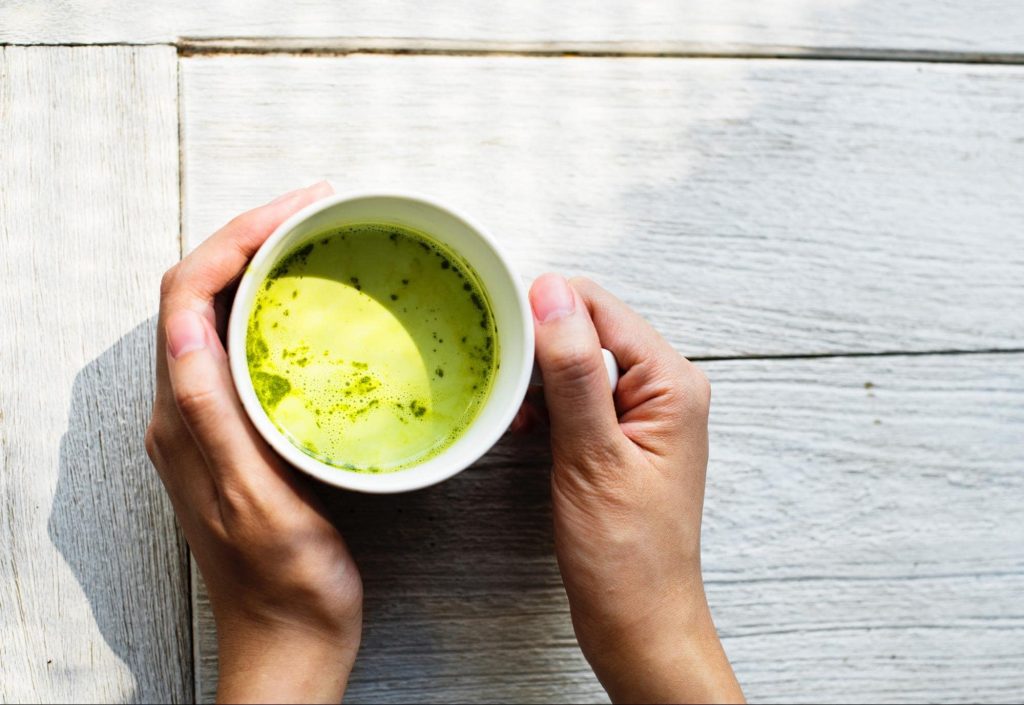
Types of Matcha: Ceremonial vs Culinary
Matcha is matcha, right? Not exactly. While there is technically only one “type” of matcha, there are, in fact, different grades of matcha powder, and the taste and health benefits can vary greatly depending on the grade.
The two primary grades of matcha are ceremonial grade and culinary grade.
Ceremonial grade matcha is the highest quality you can get. It’s called “ceremonial” for a reason: for more than eight centuries, matcha has been used in the sacred ritual of tea ceremony in Japan. Tea ceremony is one of the most important pillars of traditional Japanese culture, rigorously safeguarded and upheld in all aspects.
This matcha is made from only the youngest tea leaves, and the stems and veins are removed. The leaves are stone-ground by hand, resulting in an extremely fine powder.
Because of the labor and time involved, this ceremonial grade matcha is very expensive. You’ll know you’re getting what you paid for when the resulting tea is a brilliant green tea with a full, slightly sweet flavor. Because of the uniqueness and high quality of ceremonial matcha, it is meant to be enjoyed pure, whisked only with hot water, no added sweetener or anything else.
If you’re looking to blend matcha with other ingredients for any type of recipe, culinary grade matcha is what you want. There are 5 types of culinary matcha: premium grade, cafe grade, ingredient grade, classic grade, and kitchen-grade. Unfortunately, there are no clear guidelines or regulations as to what belongs in which grade.
The History of Matcha
The name “matcha” literally means “powdered tea.” And the process of turning tea leaves into a powder is not new! Matcha was the primary way tea was consumed in China during the Tang Dynasty (600-900AD).
In the 1100s, there was a huge transfer of knowledge and culture from China to Japan (including Zen Buddhism) and that’s how matcha made its way across the ocean. Matcha and Zen Buddhism flourished together and the two became inseparable.
By the 1500s, matcha took hold as part of a formal Japanese tea ceremony that was intended to celebrate stillness and simplicity and grew in popularity in Japan even as it eventually lost its appeal in China.
Want to be really authentic about your matcha drinking? Matcha was intended to be drank out of a bowl or chawan that you hold in both hands, as opposed to a mug or teacup. Bottoms up!
The New Paradigm For Premium Matcha
In spite of the importance of tea ceremony, there are no clear rules and regulations regarding what constitutes ceremonial grade matcha with tea-makers and tea brands making up their own distinctions.
That’s why we have created a new framework of premium vs everyday matcha based on 8 of the most important criteria shared with us by Japan’s leading tea-masters, upon which we added 2 of our own.
- First, second, or third flush
- Natural or plastic shading
- Hand or machine harvested
- Stone or machine ground
- Color
- Flavor
- Foam appearance
- Japanese or Chinese in origin
- Organic or conventional cultivation
- Toxin screened for heavy metals, mold, pesticides and radioactive isotopes
The Ultimate Matcha Grading Scorecard
Created in collaboration with the leading 9th and 10th-degree tea masters in Japan.
The Matcha Scorecard will teach you trade secrets for how to grade your matcha so you never get fooled by the words “ceremonial grade” again.
Share this with anyone you know who is a matcha lover!
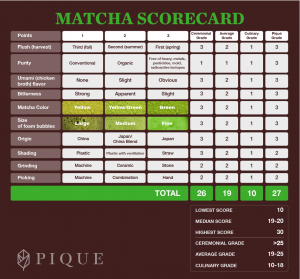
Shopping for Premium Matcha
Whether you’re going to a grocery store, health food store or online, you’re going to be faced with dozens of options. Buyer beware: not all matchas are made equal.
First of all, read the ingredients. If a matcha contains sugar, creamers, or stabilizers like maltodextrin, stay away. You’ll be amazed at how many matchas contain maltodextrin!
A word about price: quality matcha is a premium product. Because of the way leaves are grown, shaded, harvested and processed, the quality of the matcha is usually reflected in a higher price point. A high quality matcha can only be harvested once a year! So if you find matcha for cheap, it’s probably because the leaves are of a lesser quality and weren’t properly processed — which means far fewer health benefits.
Why Isn’t Ceremonial Grade Matcha Organic?
Just because a matcha is labeled as “ceremonial grade” doesn’t necessarily mean it’s the healthiest matcha. There are no clearly defined standards or guidelines for what constitutes “ceremonial grade.” Even more surprising to a lot of people is that ceremonial grade matcha is rarely organic.
That’s right – many of the most expensive ceremonial matchas on the market come from conventionally grown tea plants using chemical fertilizers and pesticides.
In Japan, plots of farmland are located very close to each other. When one farm decides to use chemical fertilizers or pesticides, wind will cause traces of these chemicals to drift to adjacent farms. That’s why the volume of organic matcha green tea powder (and other organic teas) produced in Japan is extremely low compared to China.
Plus, schools for traditional tea ceremony in Japan do not prioritize organic farming methods or other innovations. Their mandate is to uphold tradition with great rigor and the individuals who head these institutions are typically chosen based on seniority. Not the ideal context for challenging the health risks of conventional matcha, a predominantly millennial preoccupation.
What is more important to traditional tea ceremony than organic matcha is that the matcha has a brilliant color with umami flavor and is finely ground to produce small sized foam bubbles.
So if you drink tea for its health benefits and want to avoid pesticides, many expensive ceremonial grade matchas are not the best choice.
Here’s my choice:

Pique Sun Goddess Matcha
The world’s purest matcha, crafted to the highest standards of the finest ceremonial grade matcha. Designed for mindfulness. A mug full of zen.
How to Prepare Matcha
Ready to try some matcha green tea? Awesome!
While matcha lattes, smoothies, and even ice cream have become popular amidst the recent matcha craze, traditional pure matcha is prepared one of two ways: The first, “usucha,” is a weaker and standard way of drinking it. The second, “koicha,” is a thick and strong version prepared especially for tea ceremony.
For either version, the most important first step is to sift the matcha powder into a bowl to prevent clumping. Next, if you are preparing usucha, you will place 1 teaspoon of matcha into your bowl and then add 70ml of hot water. To prepare koicha, place 2 teaspoons of sifted matcha into your bowl followed by 50 ml of hot water.
The water should be hot, but not boiling. The hotter the water, the more caffeine and catechins will be extracted from the brew. Lower temperature water, on the other hand, extracts more amino acids resulting in stronger umami flavor. Using water that is too hot (above 170F) will damage the awesome plant nutrients and antioxidants.
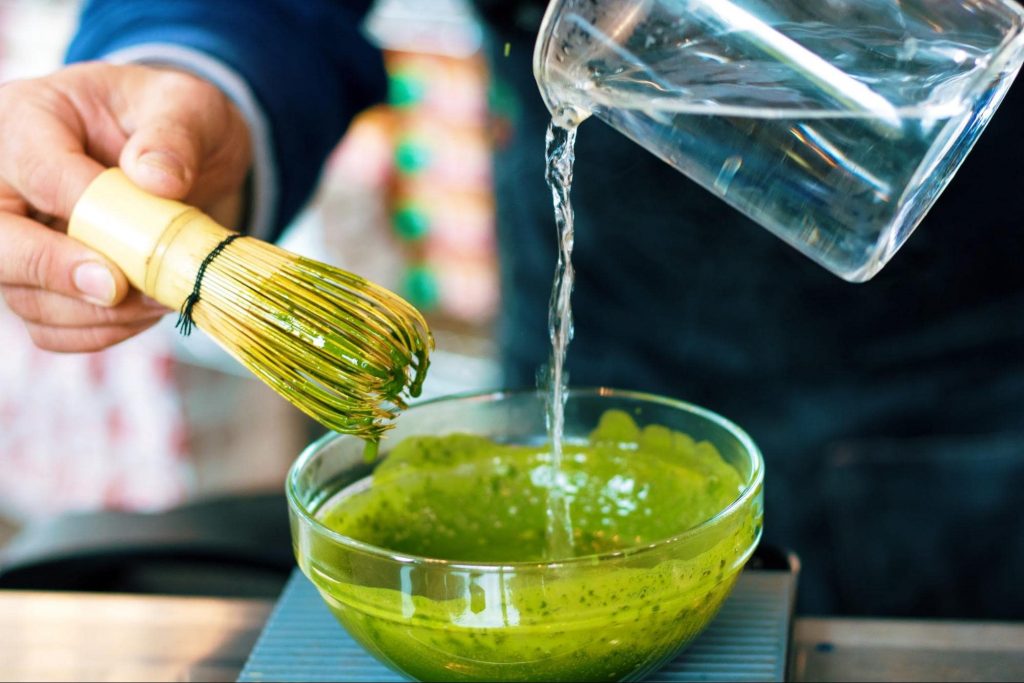
From here, both types of matcha are whisked in the same manner. Whisking matcha is traditionally done with a chasen, a bamboo whisk. You start by slowly running the whisk along the bottom of the bowl to pick up the powder. Then quickly whisk only the upper half of the bowl, never touching the bottom. In order to achieve the ideal matcha foam, you don’t want to whisk in a circular motion. Instead, move the whisk around the bowl in a “W” motion until you’ve created a nice frothy lather.
For the best flavor, you want to enjoy your bowl of matcha within about 3 minutes. Any longer than that and the froth will disappear and the matcha powder will start to collect at the bottom of the bowl.
When To Drink Matcha
Due to its caffeine content, matcha is ideally consumed in the morning or early afternoon. According to Chinese herbalism, matcha is considered to be a cooling food. (Compare this to ginger, which is warming.) This means that people with sensitive stomachs might experience discomfort when drinking matcha on an empty stomach. If you are one of these people, just make sure you wait to drink your matcha until after you’ve had breakfast or in the afternoon.
Is Your Matcha From Japan? Why Does It Matter?
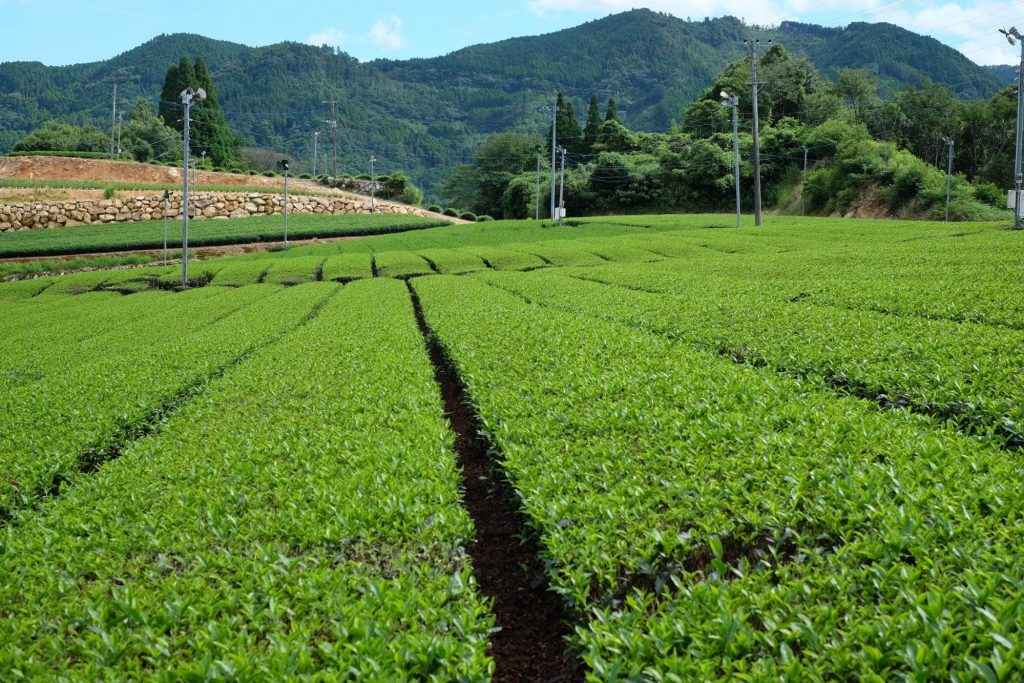
The vast majority of organic matcha either comes directly from China, or is actually Chinese tea exported to Japan for grinding, then imported into the US as ‘Japanese matcha.’
Organic Japanese matcha does exist. But, because China has a greater land mass, organic tea farms are more prevalent and therefore organic tea is more available and affordable.
The conditions for growing tea plants in China are not the same as in Japanese tea regions, nor do Chinese tea gardens use the same cultivars as Japanese ones.
You can tell whether a matcha is from China because of its more yellow color. If you care about where your tea comes from, or you don’t want to be misled about the origin of your matcha, keep this in mind.
Where is Japanese Matcha Grown?
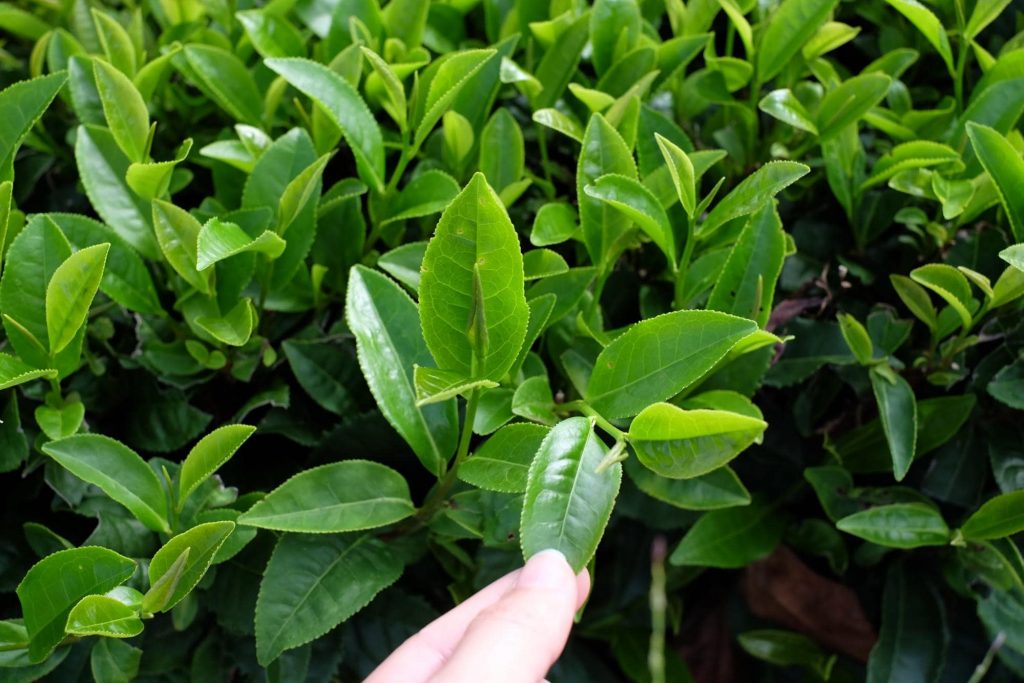
Matcha comes from the same plant that originates all green and black teas: the Camellia Sinensis bush. The highest grade matcha comes only from plants grown in Japan. One reason for this is that Japanese farmers have been cultivating tea leaves for matcha for over 900 years, often preserving the knowledge strictly through family lineage.
Matcha is only cultivated in a few specific regions of Japan, believed to be ideal in temperature and precipitation for the plants to flourish. There are three main regions recognized for their ability to produce matcha.
1. Uji
Historically, matcha connoisseurs have long believed that the best matcha comes specifically from Uji, Japan. Uji is near Kyoto, which was an old capital of Japan.
2. Yame
The region of Yame has recently begun to make a name for itself in matcha production. While they are relatively new to the matcha-making world, they have long been known for their ability to produce the world’s best gyokuro, which is the highest grade of Japanese green tea. Gyokuro has a similar flavor profile to matcha, so the region’s experience has lent itself well to making matcha.
3. Kirishima
Kirishima is in the southernmost tip of Japan, also home to Japan’s first national park. Also a newer entrant into the making of matcha, this region has recently become more sought after, because it is the area of Japan that is the furthest from industrial pollution and radioactivity.
Final Thoughts
While enthusiasm for matcha is palpable, this fascinating genre of green tea really does deliver its punch of ingredients like l-theanine, chlorophyll, and catechins as well as a delightful drinking experience and rich cultural backdrop.
As with all herbal plants, your health will benefit most from consuming a pure source of matcha free from environmental toxins. In addition, a diversity of plant polyphenols (including flavonols in black tea, catechins in green tea and the panoply of active ingredients in herbal teas) is the foundation for incredible health.
Just as the saying goes about vegetables to “eat the rainbow” so too does “drink the rainbow” apply for teas!

Written by Simon Cheng, Founder Pique Tea
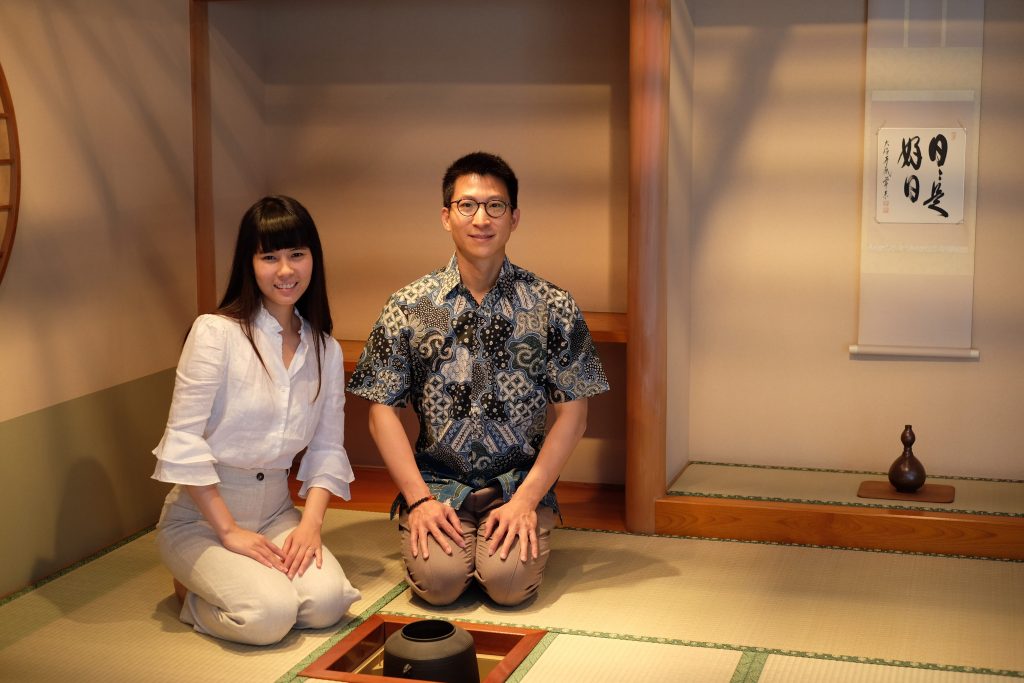
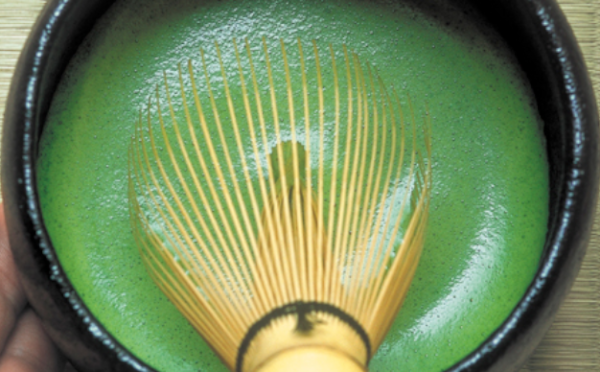


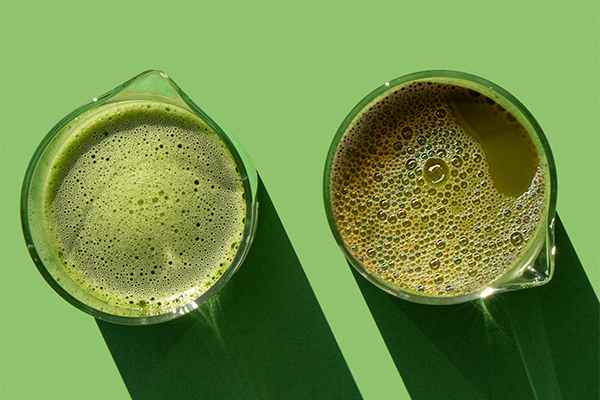
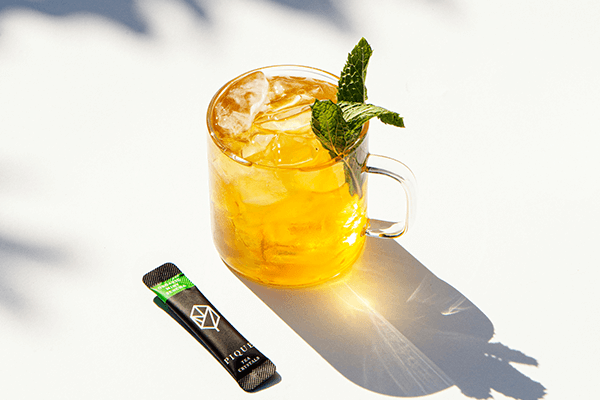
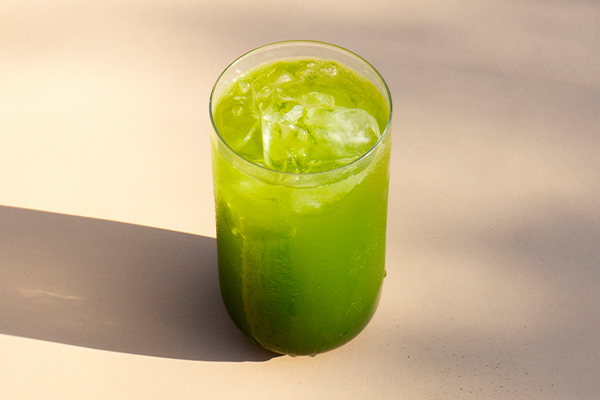
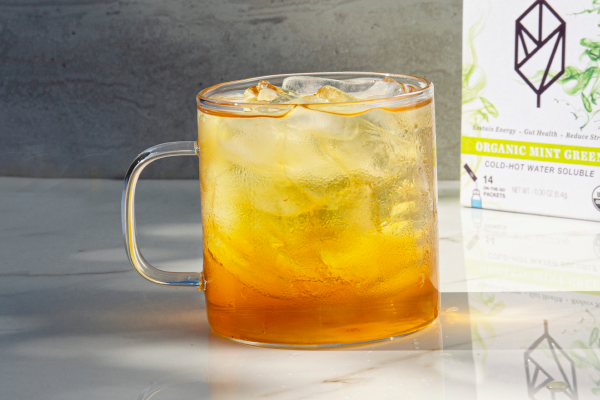
[…] for a dedicated source for all required information about green tea then we recommend you to visit PiqueTea’s blog for authentic and quality […]
[…] post explains how to find a quality brand of matcha… important when it comes to getting the benefits without the potential […]
[…] tea for you. Further, you have several different types of Green tea itself. For example, you have matcha latte, sencha tea, tencha, and so […]
[…] you need to give up on coffee, and switch to better and healthy alternatives. For example, Pique’s matcha green tea is the best alternative if you are planning to switch from the […]
[…] you need to give up on coffee, and switch to better and healthy alternatives. For example, Pique’s matcha green tea is the best alternative if you are planning to switch from the […]
[…] is to enjoy!These are two very delicious matcha green tea cookie recipes. We use matcha powder from PiqueTea as one of the well known brand in tea industry. Look for a kind that specifies it is okay to use […]
If anyone would like to order Japanese Matcha and other Japanese green teas direct from Japan, I can suggest a company that I’ve been ordering from for a number of years. They ship direct from their tea farm in Kyoto. I spent the summer of 1973 in Japan doing my independent study for my undergraduate degree. I stayed in a Zen Buddhist temple in Uji just outside Kyoto. So it was very important to me to find high quality green tea from the source. I’m happy to pass this info on if anyone is interested.
Hello Anne, i would very much appreciate the ordering information on the matcha green tea as i would like the benefits of the finest quality of it.
Please provide the address. Also, how is the imported tea from Kyoto farm better than the $29 pack sold at Costco? Any information concerning good and bad effects of Matcha green tea will be appreciated. Thank you.
pinakimazum@gmail.com